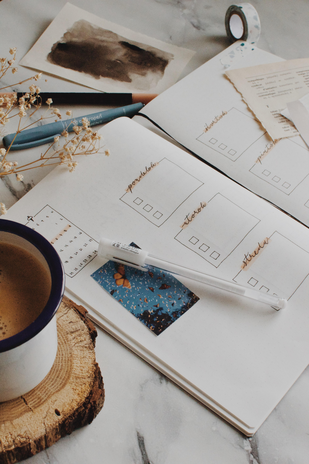Tea has been an integral part of cultures worldwide, dating back to ancient China. Over time, the fragrant brew made its way across borders, becoming a beverage beloved by many.
But how did it all begin? Legend has it that in 2737 BC, a Chinese emperor was sitting under a tree when a leaf fell into his cup of hot water. This is said to be the moment that tea was born. From there, the cultivation of tea spread throughout China, eventually reaching Japan and Korea.
During the 17th century, the Dutch East India Company brought tea to Europe, quickly becoming a luxury item among the wealthy. Soon, tea became a staple beverage in Britain, leading to the establishment of tea plantations in India to meet the high demand.
In the United States, tea gained popularity during the colonial period, but it wasn’t until the Boston Tea Party in 1773 that tea consumption became a symbol of rebellion against British rule.
Tea bags, a convenient way to brew tea, were not invented until the early 20th century. In 1908, a tea merchant named Thomas Sullivan began sending samples of tea in small silk bags to his customers. The customers, thinking they were supposed to brew the tea inside the bags, soon found that it was more convenient than traditional loose-leaf tea.
Today, tea is enjoyed by people all over the world in various forms and flavors. From the traditional matcha in Japan to the spiced chai in India, tea has become a cultural staple that connects people from all walks of life.
So go ahead, put the kettle on, and brew yourself a cup of tea. Sip, savor, and appreciate the rich history behind every steamy sip.


